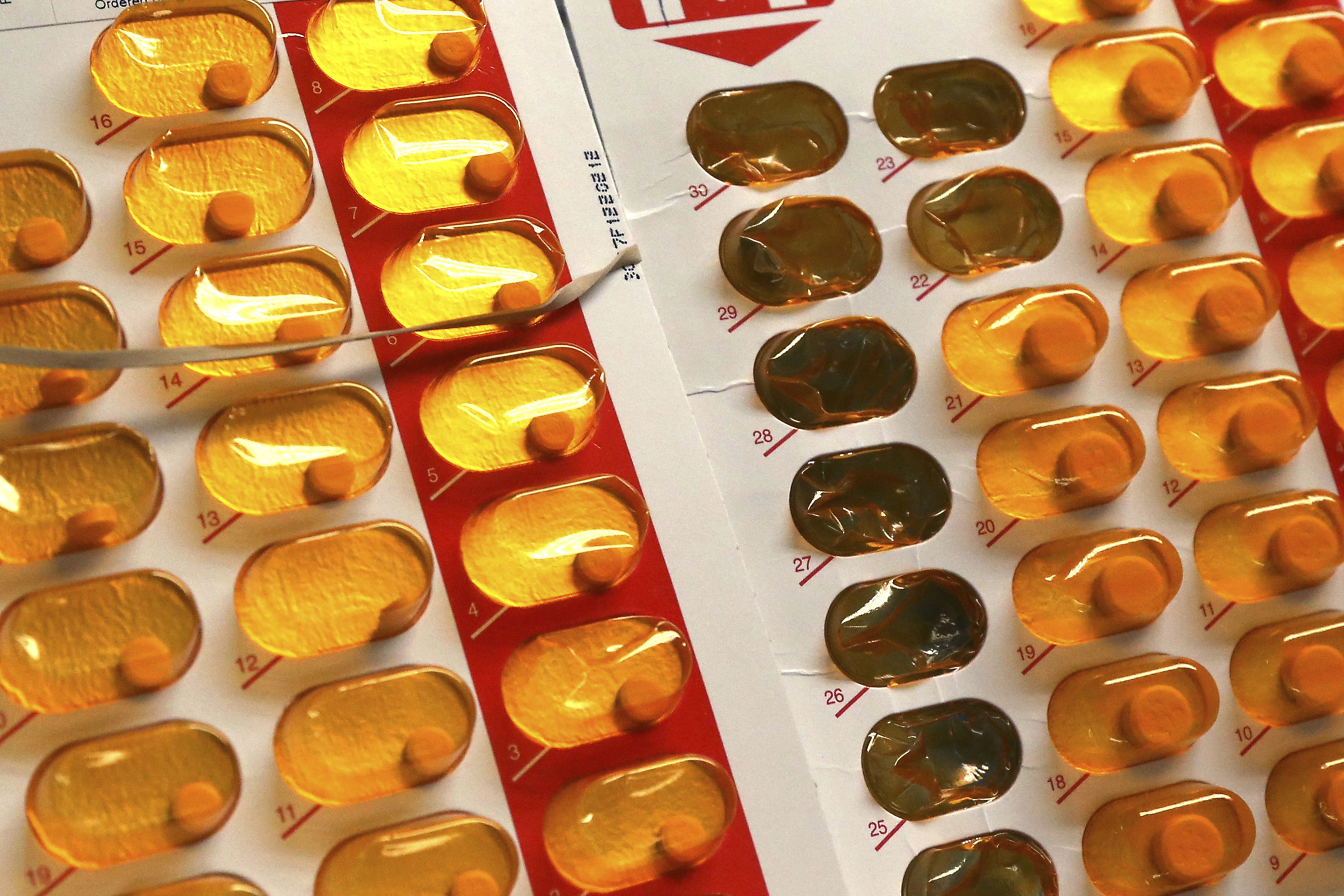Kidney stone disease (nephrolithiasis, kidney stones or urinary lithiasis) is a common disorder affecting almost 10 percent of the U.S. population. Although many people spontaneously pass their stones without intervention, prompt diagnosis as well as therapy, when needed, are important in preventing possible complications such as infection, bleeding, unrelenting pain or urinary obstruction, which is damage to the kidneys due to the blockage of urinary drainage.
Who Gets Kidney Stones?
Males are three times more likely to get kidney stones than women. Stone formation can occur at any age but is most common between 20 and 50 years of age. If you have one kidney stone, you are 50 percent more likely to have another stone over the next 10 years. Surprisingly, this risk increases to over 75 percent as time passes. The prevalence of kidney stone disease is thought to be higher in certain geographical areas including desert, tropical zones and mountain climates. Currently, it is unclear why these areas have populations with a greater frequency of stone formation. In the U.S., the so-called stone belt includes a large portion of the southeastern U.S. as well as portions of the western U.S.
Types of Kidney Stones
More than 70 percent of kidney stones have some type of calcium component. These include calcium oxalate or calcium phosphate, alone or in combination. Non-calcium kidney stones occur much less frequently. These may be comprised of struvite, uric acid, cystine or unknown compounds.
How Do Stones Occur?
To form a stone, a crystal has to form within the urine. This solid crystal formation is affected by temperature, the pH of the urine and the amount of certain substances in the urine. Although in some cases how a stone was formed is understood, for many people it is unclear. Examples of well-understood cases include cystine stones that are due to a genetic error; calcium stones caused by a high level of calcium in the bloodstream from primary hyperparathyroidism; and uric acid stones that are associated with gout.
Common Risk Factors
1) Dietary excesses including too much calcium intake.
2) Medications such as antacids, protein supplements, indinavir (for HIV), acetazolamide, triamterene, thiazides (diuretics) and vitamins C and D.
3) Environmental factors such as dehydration.
What Are Common Causes?
There are three common causes for kidney stones.
1) The most common cause of kidney stones occurs when the kidneys produce urine that has too much calcium, a condition known as hypercalciuria.
2) The kidneys may actually allow too much oxalate in the urine, which contributes to the formation of a stone.
3) The kidneys may allow too much uric acid into the urine, causing a uric acid stone.
What Are Signs and Symptoms of Kidney Stones?
Symptomatic kidney stones have a variety of presenting symptoms, which can easily be confused with other diseases. These symptoms may include muscular back pain, acute appendicitis, cholecystitis (inflamed gallbladder), peptic ulcer disease, pancreatitis, pyelonephritis (inflammation of the kidney) and diverticulitis (inflamed pouches in large intestine). A classic kidney stone symptom is sporadic back pain that occurs suddenly. In men, this pain can radiate to the groin area. Other symptoms include nausea, vomiting, urinary frequency and burning and blood in the urine. Often, the pain of kidney stones is caused by the blockage of the urine, which causes pressure. It is important to realize that some patients with kidney stones may have no symptoms whatsoever.
Health
How Do You Diagnose a Stone?
Initially, an accurate patient history is important, including the previous history of kidney stones, a history of urinary tract infections, the amount of fluid intake the individual has had, previous surgeries and the use of certain medicines. Patients who come to the emergency room with a possible stone attack need to have their urine examined carefully. More than 80 percent of the time, when a kidney stone is present, there is evidence of blood in the urine. However, the blood is not always visible and needs to be found with a microscope. Careful analysis of the urine can also reveal evidence of small crystals or an associated urinary tract infection.
During this evaluation, radiological tools may be necessary. One type of radiological examination is a KUB, which is an x-ray of the kidney, ureter and bladder. Calcium stones are easily spotted on a simple x-ray. KUB, however, is not effective for spotting non-calcium stones. In order to spot other types of stones on an x-ray, a patient will be injected with an IVP or intravenous pyelogram. This compound is absorbed by the kidney and seen on an x-ray. The x-ray then shows shows an outline of the kidney and its drainage into the bladder, so any region of blockage appears.
An ultrasound may be performed instead of an x-ray, which can quickly find determine an obstruction but cannot differentiate between the various types of stones. In difficult cases, a CAT scan is performed, which can show evidence of a stone in the kidney or in the tube from the kidney to the bladder.
After kidney stone disease has been verified, a more extensive evaluation is necessary. It is important to remember that determining the type of stone a patient has is essential in determining treatment. Therefore, patients are sometimes given a strainer to capture any fragments that they may have passed so they can be examined.
When Do You Have to be Hospitalized?
If you do not have a fever or any evidence of urinary tract infection, you are comfortable on oral pain medications or do need pain medications, and you have a small stone that may pass spontaneously, a trial of careful observation is the often chosen treatment. The patient is given a period of time during which the stone will hopefully pass through the urinary tract system and be voided out with the urine.
Several key signs that prompt hospitalization include:
Treatment Options
In cases where the stone is small—less then 5 mm—the stone will most likely pass without any intervention, but patients may require pain medications and even hospitalization. For patients who have kidney stone pain, pain medications are often necessary. In addition, vigorous intravenous fluids are often given to increase urinary flow.
The larger the stone is, the less likely it will pass spontaneously. If the stone does not pass by itself, surgical intervention is often needed. To immediately relieve obstruction of the urinary tract system caused by stones, the urine can be diverted internally or externally. Internally, a temporary small flexible tube, or stent, is placed. This usually requires an anesthetic, but no skin incisions and the patients urinate normally. Externally, a drainage tube can be placed directly into the kidney via a small incision through the back. Urine is then drained via this tube into a collection bag. Either method will bypass the obstruction and decrease pain.
There are different procedures that will actually fragment a large kidney stone inside the body, so it can then be spontaneously voided in the urine. These methods include ESWL (extracorporeal shock wave lithotripsy), ureteroscopic stone extraction, percutaneous nephrolithotomy and open surgical stone extraction. The treatment chosen depends on stone type, stone location, the patient's body size, previous operations, medical history and patient preference. ESWL, "shock wave" therapy, involves a water bath and special machine that sends shock waves to fragment the stone. Ureteroscopic stone extraction involves special instruments that visualize the bladder and ureter. No incisions in the skin are necessary. Percutaneous nephrolithotomy also involves special instruments to visualize the bladder, but requires an incision that goes directly to the kidney. Open surgical stone extraction requires a larger incision.
Depending on stone type, certain medications may also be essential. For those patients who have too much calcium in the urine, certain medications such as thiazide, cellulose sodium phosphate or neutral sodium phosphate (calcium-absorbing medications) can be used. A reduction in dietary calcium intake is only recommended if dietary calcium is excessive. Decreased salt intake is also often recommended.
If the patient has a uric acid stone, it is important that the pH of the urine is modified. Medication such as sodium bicarbonate decreases the acidity of the urine and thus decreases the likelihood of uric acid stone formation. In some cases, a medication called allopurinol is also used to decrease uric acid production. The less uric acid produced, the less likely uric acid stones are to form. Treatment is similar for cystine stones but requires even more aggressive fluid intake.
Individualized Prevention and Treatment
Kidney stones affect a significant portion of the U.S. population. Treatment for these stones can vary depending on stone type, location, size and number. Prevention of future stones, however, is as important as the treatment of current stones, and both need to be individualized for each patient.



